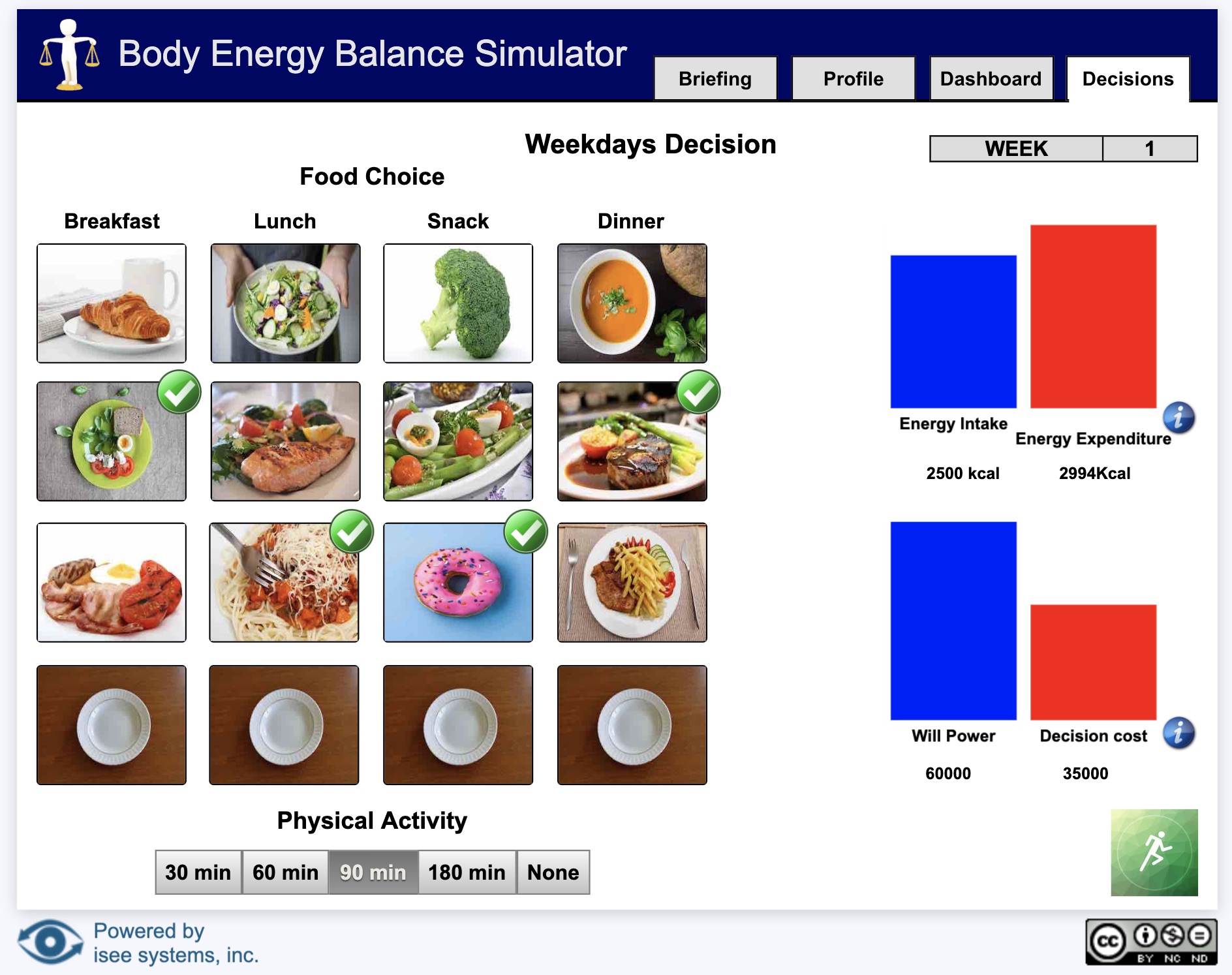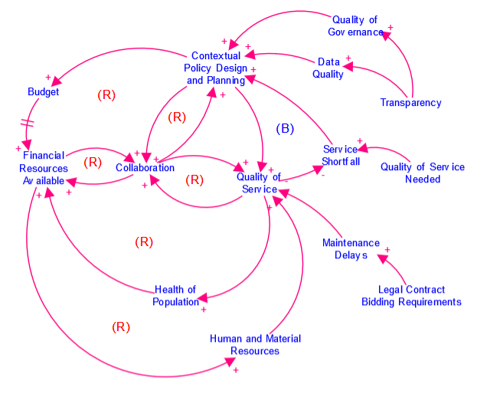Jon Darkow's Work
We found 122 items
Include in results:
Enzyme Diversity: Enzymes, Products, and Substrates
Cellular Respiration Accounting Model
Lactase with Variable Sample Sizes
Information Processing and Neurophysiology Model
Lotka-Volterra Predator-Prey Model
Growth Factors, Cyclins, and Cancer
Evolution of Antibiotic Resistance Simulation
Lactose Operon: An Inducible System
Limiting Nutrients in Aquatic Ecosystems
Apterous Genetics
Diffusion of a Spherical Cell
Transformation Simulation
Water Potential and Osmosis
Cellular Respiration Inquiry
White-Eyed Genetics
Neurophysiology and Neurotoxicity
Thyroid Hormone - Negative Feedback
The dynamics of photosynthesis - variable sample size
Photosynthesis with Variable Sample Sizes
Evolution of LAP Allele in Mussels
Genotyping with Electrophoresis
Transformation Experiment with Controls
SIR COVID-19 Coronavirus Simulation
Neurophysiology and Information Processing 2022
Phenology of the Karner Blue Butterfly
HPV with Influenza A Humoral Immunity
Circadian Clock in the Mouse
System Dynamics of Carbon Budget
Carbon Cycle Simulation
Evolution: Grants Finches
HPV and Adaptive Immune Response
Bathtub Dynamics
Evolution with Heterozygous Advantage
Logistic Growth Model and the Butterfly Effect
Differential Reproduction, Natural Selection Model
Phosphorus in Lake: Changes to Flows in a Dynamic System
Chaos Theory: Strange Attractor
Evolving Bits
Understanding Linear Motion
Endocrine System Dynamics
SIR Model for Coronavirus (COVID-19) - with social distancing
SIR Model for COVID-19
Tick Tock: The Biological Clock and Circadian Rhythm
Mechanical Energy and Kinematics
Gravitational Attraction of Three Bodies
Fruit Fly Choice
Soybean and Aphid Dynamics
Beta Cell Membrane Transport - Insulin Regulation
Body Temperature Regulation with Scatter Plot
Photosynthesis Simulation - Simplified
Pendulum Model
Stock, Inflow, and Outflow with Atrazine
Uploading a Bundle from Zip
Instead of creating bundles, categories, and assemblies one by one, you can upload a single zip file that contains all of your bundle's content. To create your zipped bundle, make a folder with your bundle's name and add subfolders with your categories' names. The folder tree should have the same structure that you want the categories to have in your bundle. Place your assembly .stmx files in the appropriate category folders, then zip your bundle folder and upload it using the Upload Bundle from Zip link above.
Assemblies, Bundles, and Categories
Assemblies are self contained models that demonstrate common ways to connect together building blocks and that can be used as parts of other models. This is analogous to using prefabricated wall and roof pieces to construct a house.
Bundles are groups of assemblies with a common use or theme. For example, a Health Care bundle might contain a variety of assemblies that aid in creating health care models. When you download assemblies from the isee Exchange™, you download an entire bundle, rather than individual assemblies.
Categories are subgroups of assemblies within a bundle. For example, a Health Care bundle might contain a Funding category for assemblies related to the management of hospital funds. All assemblies must be assigned to a category—they cannot be assigned to the root of a bundle.
Assemblies, bundles, and categories can be created and uploaded to the isee Exchange™ via the options on the Manage My Assemblies page. To learn more, visit our help pages, or take our assemblies tutorial.
Sim App (Sim)
An interface that allows users to interact with a model.

Sim apps allow users to interact with a model using buttons, sliders, knobs, tables, graphs, and storytelling. These interactions help users understand how parts of a system interact.
Interfaces are created by model authors in the Stella desktop software and can be uploaded to the isee Exchange™.
Model
A diagram that represents how elements in a system influence one another.

Models are mathematical representations of how elements in a system are connected and interact (e.g., ecosystems, organizations, supply chains). When running models on the isee Exchange™, results can be viewed in output devices like graphs and tables.
Models appear in the isee Exchange™ directory when authors upload them from the Stella® desktop software or create them with Stella Online™.
Causal Loop Diagram (CLD)
A map that represents the feedback structure of a system.

CLDs are high-level maps that represents the feedback structure of a system and easily communicate the essence of a model. They appear in the isee Exchange™ when authors upload them from the Stella desktop software or create them with Stella Online™.